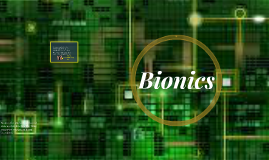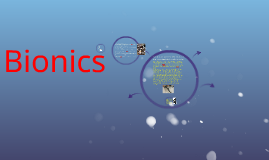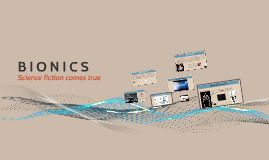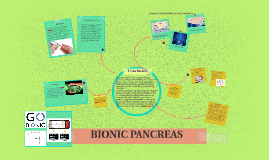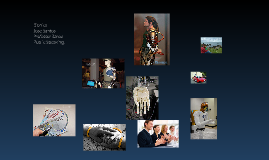BIONICS
Transcript: However, one of the trial’s limitations was its small size. In addition to this, it only examined the effects of the overnight closed-loop system compared with the standard pump over four periods of four weeks each. Longer-term studies examining the safety and effectiveness of this system in larger numbers of people with type 1 diabetes are now needed. pancreas Patients with high blood sugar will typically experience frequent urination, they will become increasingly thirsty and hungry. The body does not produce enough insulin for proper function, or the cells in the body do not react to insulin (insulin resistance).Diabetes is prevented by taking insulin injections. DONE BY :- DIABETES The study was carried out by researchers from the Universities of Cambridge, Sheffield and Southampton, and King’s College London. It was funded by Diabetes UK. The study was published in the peer-reviewed medical journal The Lancet. While the Mail Online’s reporting of the study is broadly accurate, its headline: “Artificial pancreas could help stem the diabetes epidemic: Device could help patients lead normal lives by stopping need for constant insulin” is potentially misleading on multiple levels. Firstly, “artificial pancreas” could be misinterpreted to mean that this is an artificial organ that is surgically transplanted into the person and can produce insulin to take the place of their own pancreas. In reality, the “closed-loop” insulin delivery system is designed to be worn outside of the body. Secondly, the “diabetes epidemic” is usually taken to mean type 2 diabetes, which is associated with lifestyle factors such as being obese and lack of exercise. It is true that some people with type 2 diabetes can go on to need insulin; however, this particular study looked at people with type 1 diabetes. The pancreas is a glandular organ in the digestive system and endocrine system of vertebrates. In humans it is located in the abdominal cavity behind the stomach. It is an endocrine gland producing several important hormones, including insulin, glucagon, somatostatin , and pancreatic polypeptide which circulate in the blood IMAGES TO UNDERSTAND BIONIC PANCREAS WHAT IS BIONIC PANCREAS HISTORY BIONIC PANCREAS Conclusion Symptoms of diabetes It can be challenging trying to keep insulin delivery at the right level in order to control blood sugar levels within the normal range, while avoiding blood sugar becoming too low (hypoglycemia), particularly overnight. The device improved blood sugar control overnight – importantly, it was not associated with hypoglycemic episodes. BIONIC PANCREAS Diabetes, often referred as diabetes mellitus, describes a group of metabolic diseases in which the person has high blood glucose (blood sugar), either because insulin production is inadequate, or because the body's cells do not respond properly to insulin, or both. STEPS OF BIONIC PANCREAS People with type 1 diabetes require lifelong insulin, as their body does not produce any. Insulin is a hormone that plays a key role in regulating the body’s blood sugar levels. In a new study, the safety and effectiveness of a “closed-loop” insulin delivery system has been assessed. Compared to a standard insulin pump, where the insulin delivery is programmed, the closed-loop system continuously measures sugar levels and automatically makes fine adjustments to insulin delivery in response. In effect, it acts like an artificial pancreas. Introduction Because of this difficulty, a device to help simplify the treatment of type 1 diabetes would be welcomed. The device in question, the closed loop insulin delivery system, automatically makes fine adjustments to insulin delivery in response to the glucose level being continuously measured. Pancreas It can be a challenge for people with type 1 diabetes to keep insulin delivery at the right level, which is necessary to keep blood sugar levels within the normal range. Avoiding periods of hypoglycemia can be a challenge, particularly overnight. A further challenge is that the symptoms of type 1 diabetes usually develop during childhood. This means that children, especially teenagers, can often find the need to stick to a particular treatment “regime” and regularly monitor their blood sugar quite restrictive. However, without such treatment recommendations, they can be at risk of complications, such as hypoglycaemia. Bionics (also known as bionical creativity engineering) is the application of biological methods and systems found in nature to the study and design of engineering systems and modern technology. STRUCTURE OF PANCREAS







